Introducing the Alphabet to the Child (Aksharabhyasa or Vidyarambha Samskara)
This ritual marks the beginning of formal education for the child. It symbolizes the introduction to something that would stay throughout the life of the child & beyond their physical existence. It’s a formal initiation into the mother tongue & the phonetic system. Read this article to learn about the auspicious time to conduct it, method to be followed, the science behind this ritual, etc.
‘Akshara’ means letters and ‘abhyasa’ means practice and ‘Vidyarambha’ means ‘the study of practical letters’, ‘initiating education’ in a religious way. The child is prepared for school so that they are ready to receive formal education. In this function, prayers are offered to Goddess Saraswati, who is the goddess of wisdom and knowledge, to bless the child with good education and to be a successful person in life. This day is closely related to Vijayadashami or Ayudha Puja, where the implements are kept for puja and are taken up again for re-use.
This is also an auspicious day to show gratitude to teachers and gurus for imparting knowledge. You can reciprocate your gratitude by giving them gifts - usually betel leaves, areca nuts, fruits, flowers, a small token of money, and a piece of Dhoti or Saree. This function is performed in different ways in different regions of India.
When to perform this ritual?
In the olden days this ritual was performed at the age of 5; but, presently, because of early age of education at Kindergarten level, the child goes through this ritual at the age of 3 years, or after the completion of the second year. It can be done on Basant Panchami, Saraswati Puja, Guru Purnima, Vijayadashami or Dussehra.
Which Nakshatra to choose for the ritual?
The best nakshatras for this ritual are - Swati, Punarvasu, Shravan, Dhanishtha, Shatabhisha, Hasta, Ashwini, Pushya, Moola, Mrighashira, Chitra, Purvashad, Purvaphalguni, and Purvabhadrapad.
Where to perform this ritual?
It is performed either at home or at a temple. For example: Gnana Saraswati temple at Basar in Nizamabad district, Telangana is a popular temple where this ceremony or ritual is held in large numbers in Basant Panchami.
The story behind this ritual
It is believed that Maharishi Vyasa and his disciple Sage Suka, after the Kurukshetra war, were searching for a cool and serene place to settle down. Sage Vyasa reached Dandakaranya Forest and felt very pleasant and rejuvenated. It is this place which is now known as Basar. After his daily spiritual practices in the river Godavari, Sage Vyasa used to bring three fistfuls of sand and place it in small heaps on the banks and make images of goddesses Sharada (Saraswati), Lakshmi and Gowri. With his spiritual power, he consecrated these goddesses and later conducted prayers.
At the Gnana Saraswati temple, the idol of Sharada (Saraswati), which was made out of sand by Sage Vyasa, is now smeared with turmeric. So, in this temple if you perform the Aksharabhyasa ritual, you will get a little bit of this turmeric paste as a blessing of Goddess Sharada (Saraswati). The ritual is largely celebrated during Vyasa Purnima (Guru Purnima) which falls on Full Moon day of the Hindu month of Ashada. This is the day of Veda Vyasa, Shravana Purnima when people throng the Basar temple for performing their children’s Aksharabhyasa.
Why should you perform this ritual?
This ritual is an initiation into the world of syllabary that usually begins with the writing of the Mantra; and its benefits are as follows:
- Initiation of Education: Education is a necessary milestone in one’s life. This ritual makes the child step into the world of education, knowledge and wisdom.
- Enumerate Victory: In several states of India, this ritual is performed on Vijayadashami, the day of victory over darkness and ignorance. Vidya or ‘knowledge’ shows light in your life and expels ignorance or ‘avidya’. This is the day when the three ‘shaktis’ (energies) – Ichcha, the energy of will or desire; Jnana, the energy of knowledge and Kriya, the energy of action combine together and provide knowledge and wisdom to us.
- Teaching of Alphabet: This is the day when your child is given a tool to express their feelings, thoughts and emotions.
- Significance of Om: ‘Om’ is the mantra (sacred verse) that the universe reverberates with; it is the sound of eternity and the origin of everything.
- The child writes on Rice/Grain: This ritual establishes that we are connected to mother earth and nature as the child is made to write their first letter on rice/grains.
How to perform the ritual?
- The priest will fix an auspicious day and time; invite your close friends and family members. Make preparations for the function, dress the child up in a traditional way.
- Normally the child sits in their father’s or maternal uncle’s lap or paternal uncle’s lap, along with other family members for the ritual.
- Sit comfortably with your child and chant the Saraswati Mantra by following the instructions of the priest:
‘Saraswati Namstubhyam Varade Kama Rupini
Vidyarambham Karishyami Siddhir Bavatu Me Sada’
- Invoke Lord Ganapti, Guru and Goddess Saraswati by reciting the following mantra:
‘Om Hari Sri Ganapataye Namaha
Avighnamastu, Sree Guruve Namaha
Sree Saraswati Sahayam’
- The priest will fill a silver plate with rice grains. Under the supervision of the parents, the priest conducts the ceremony by writing ‘Om’ on the child’s tongue with a piece of gold, which denotes the grace of Goddess Saraswati on the child to attain true knowledge - an inevitable wealth in this earthly world. The practice of writing letters on sand and grains denotes the acquisition of knowledge and prosperity. The person in whose lap the child sits, holds the child’s right hand forefinger and makes them write their first letter in their mother tongue or ‘Om’ followed by Panchakshari Mantra (Namah Shivayah) in their regional language.
- Then the priest offers white pudding (Kheer) to Goddess Saraswati, and then to everyone else.
- You can even distribute slates, chalk, pencil, notebooks or any stationary items to the underprivileged kids.
What is the science behind this ritual?
This ritual includes pre-writing skills which initiate the development of motor skills in the child; trains the small muscles in the child’s hands and fingers, so that they can develop or arrange a sequence of words.
Pre-writing skills are the basic fundamental skills which a child would require to develop before they go into formal education. These rituals contribute to the child’s ability to hold and use a pencil and the ability to draw, copy, color, and paint.
Hand and finger strength: It teaches the child to exert force against resistance using the hands and fingers, thus allowing the necessary muscle power for controlled movement of the pencil.
Brain development: Handwriting activates your brain for learning and memorizing a subject. It makes a neural pathway in your brain and enhances learning.
Handwriting: Activates the motor cortex so one can write and also boosts motor planning aspects of visual cortex to visualize the letters in the mind, language networks in the central and temporal lobes to actually communicate with reading and spelling.
Bilateral integration: Both hands are used - one to hold a pencil and write and the other to hold the paper.
Visual perception: The brain tends to visualize letters and the child uses the sensory organs to write a letter.
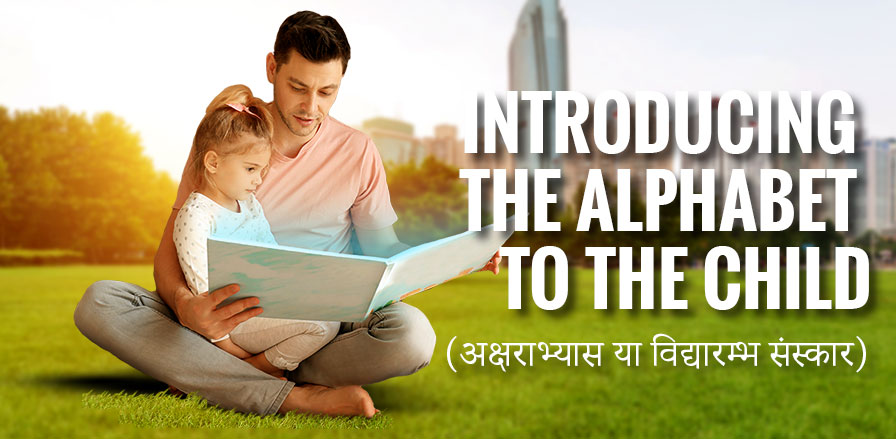




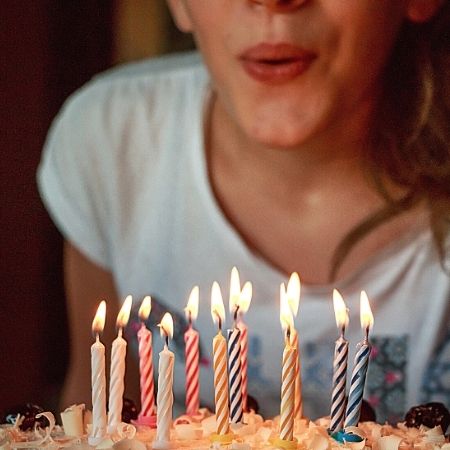



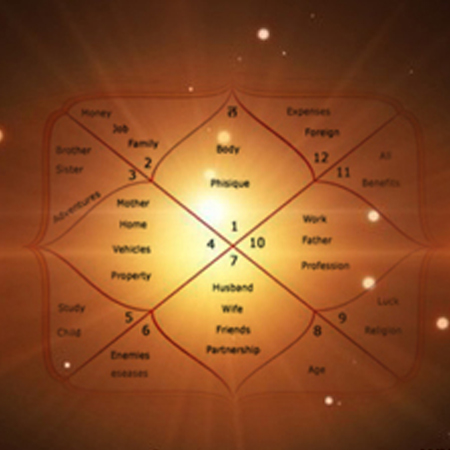

 Career & Astrology
Career & Astrology
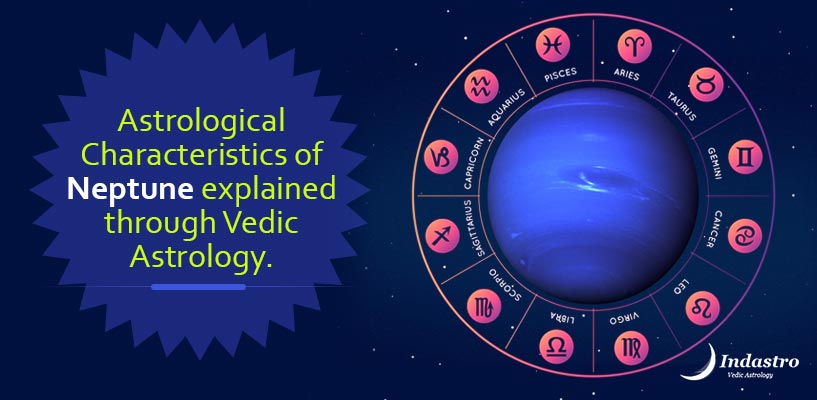 Astrological Characteristics of Neptune explained through Vedic Astrology.
Astrological Characteristics of Neptune explained through Vedic Astrology.
 Good Dates to Buy Property in November
Good Dates to Buy Property in November
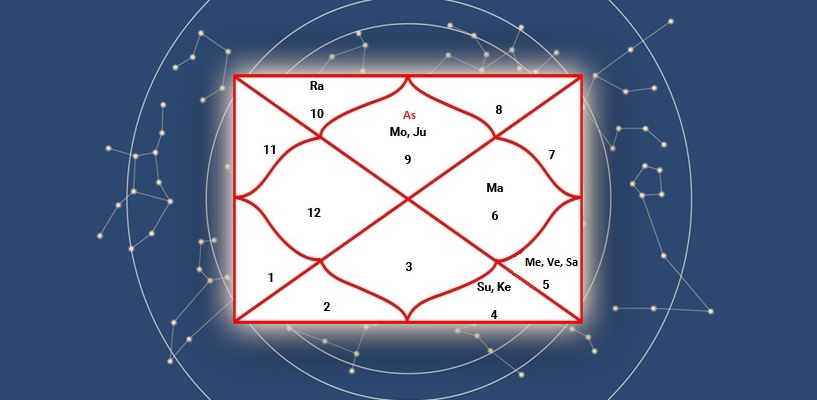 Why do Predictions Go Wrong In spite of Correct Birth Chart
Why do Predictions Go Wrong In spite of Correct Birth Chart
 Guide to understand the significance Saturn return in Astrology
Guide to understand the significance Saturn return in Astrology
